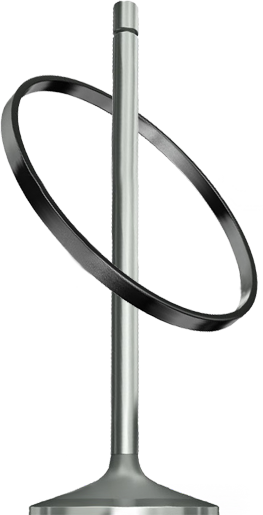Leading Supplier for Industrial
Engine Valves & Piston Rings
High performance industrial piston rings and engine valves for diesel, gas and steam engines as well as all types of compressors, pumps and hydraulic equipment.
Contact Us Today Request Quote
